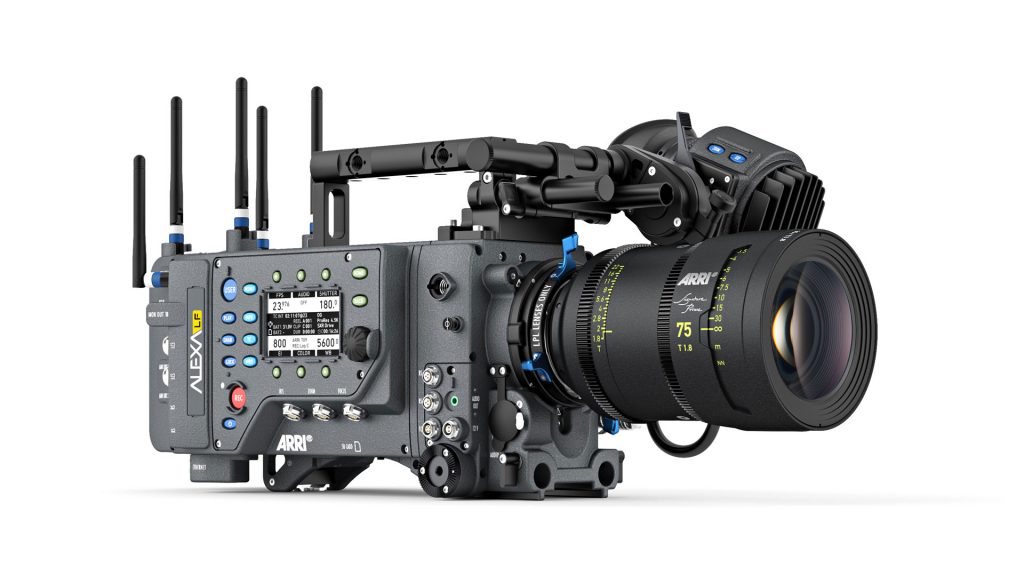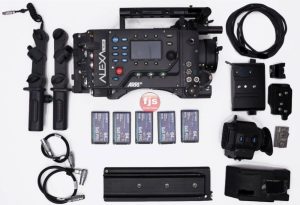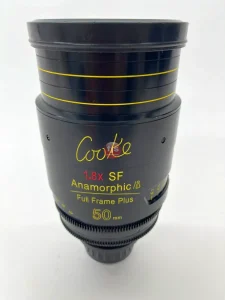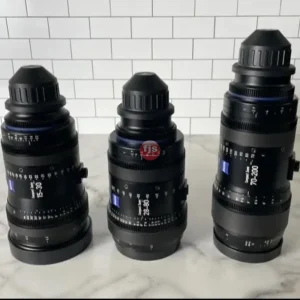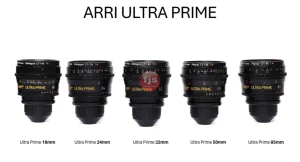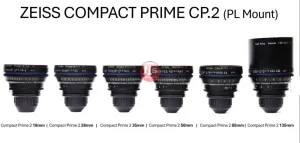The extreme conditions of space, including a vacuum, zero gravity, and radical temperature changes, required lenses that were not only of the highest optical quality but also incredibly durable and reliable. The modifications and features of ZEISS lenses addressed these unique challenges head-on.
1. Superior Optical Quality 📸
ZEISS lenses were chosen for their exceptional sharpness, contrast, and color fidelity. This was vital for capturing detailed images for both scientific analysis and public documentation. During the Apollo program, for example, specially designed ZEISS lenses were used to photograph the lunar landscape to help identify future landing sites.
2. Durability and Reliability in Extreme Conditions ❄️🔥
To withstand the harsh space environment, the lenses were stripped of their standard components. They were modified to remove the leather covering, auxiliary shutter, reflex mirror, and viewfinder to reduce weight. The lubricants used in standard lenses would boil away in a vacuum, so special grease was developed. The cavities in the lenses were also opened up to prevent pressure buildup.
3. Purpose-Built for Space Missions 🚀
The collaboration with ZEISS led to the development of several new lenses specifically for the space program. For the Apollo 11 mission, the Hasselblad Data Camera was fitted with a new ZEISS Biogon f-5.6/60 mm lens, which was designed to provide high-quality, low-distortion images on the lunar surface. The cameras themselves had to be modified for use with thick gloves, with large levers and locks for easy operation.
4. Reseau Plates for Measurement 📏
On the Hasselblad cameras used for the lunar landings, a Reseau plate was added to the camera body, directly in front of the film plane. This was a transparent glass plate with a grid of crosses etched onto it. These crosses appeared on every photograph and allowed scientists to accurately determine angular distances and heights of objects in the field of view, which was invaluable for scientific and mapping purposes.
Questions and Answers
Q: What was the first ZEISS lens to go into space?
A: The first ZEISS lens in space was a Planar 2.8/80 used with a Hasselblad camera on the Mercury-Atlas 8 mission in 1962.
Q: Why did astronauts have to leave the cameras behind on the moon?
A: To reduce the weight of the lunar module for the return journey to Earth, astronauts were required to leave non-essential equipment on the moon. This included the cameras and lenses, as only the film magazines were needed.
Q: What lens was used to take the “Earthrise” photograph?
A: The iconic “Earthrise” photograph from the Apollo 8 mission in 1968 was captured with a Hasselblad camera and a ZEISS Sonnar 5.6/250 lens.
Q: Does NASA still use ZEISS lenses today?
A: While NASA still uses a variety of high-quality optics, modern space missions, particularly on the International Space Station, have shifted toward digital cameras and lenses from manufacturers like Nikon and Canon. Nikon, for instance, has a long-standing partnership with NASA and has developed specialized cameras like the Nikon Z 9 for use in space.
Conclusion
The use of ZEISS lenses by NASA marks a pivotal chapter in the history of space exploration and photography. The company’s collaboration with the space agency provided the essential optical tools that allowed humanity to capture and bring home images that not only advanced scientific understanding but also profoundly changed our perspective of our place in the universe. The legacy of these durable, high-quality lenses continues to influence modern optics and stands as a testament to the power of precision engineering in the most demanding of environments.

